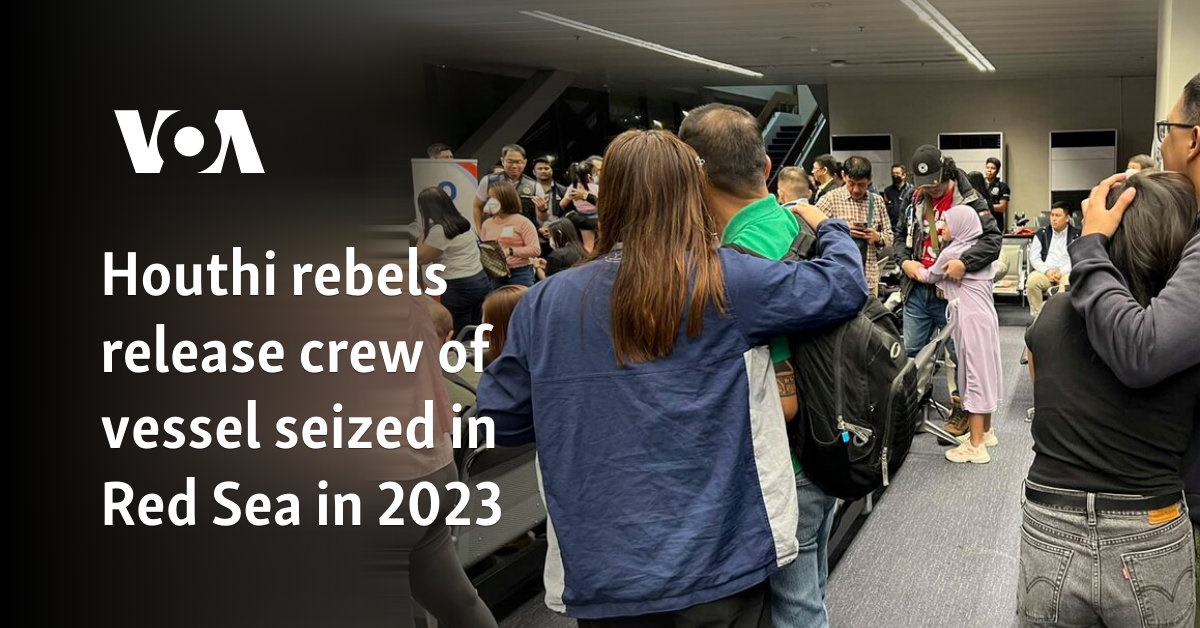Norway and Germany’s defense ministers Torey Sandvik and Boris Pistorius received military honors from their Canadian counterparts David McGuinty in what could informally be described as a sales presentation on Monday in the Canadian capital Ottawa.
Sandvik and Pistorius want to convince Canadians to join a German-Norwegian project running through 2023 to procure standardized, modern submarines. They expect to order up to 12 units from Canada in the next 10 years.
This will provide a significant boost to the German and Norwegian companies that are building these submarines. As McGuinty pointed out, if Canada comes on board, production numbers could increase significantly, and that would reduce the cost of each submarine.
The German delegation believes that moving to partnership on submarine construction would clearly signal the strengthening of North Atlantic naval cooperation. Last year, Germany, Norway and Canada formally established a maritime security partnership, with Denmark joining this year.
a new cold war
After the end of the Cold War, submarines in the Atlantic were no longer considered a priority and Germany drastically reduced its fleet.
However, with Russia once again considered a significant threat in the Baltic Sea and North Atlantic, the submarine fleet is growing. And the emphasis is not just on submarines. German Defense Minister Pistorius said northern NATO countries were strengthening their commitment to protecting critical infrastructure such as undersea cables and offshore wind farms, and to detecting Russian submarines in the North Atlantic.
“Russia’s ambitions will not stop in eastern Ukraine or in the eastern part,” he said. “Civil and military lines of communication in the North Atlantic are of utmost importance […] “For our economy and our defense alliance with Canada and the United States.”
Tracking Russian submarines from Iceland
The German Navy will increase its presence with more ships in the waters around the Arctic Circle. Specialized P-8 Poseidon reconnaissance aircraft, which can detect submarines at long ranges, will be deployed more frequently from Iceland.
Pistorius co-signed a declaration to that effect with Iceland’s Foreign Minister Katrín Gunnarsdottir during a brief visit to Reykjavik on Sunday.
The US Navy operates the large Keflavik base in Iceland, from which it monitors the North Atlantic. Different NATO countries take turns sending reconnaissance aircraft to Keflavik. The US closed the base in 2006, but reopened it in 2016 in view of the growing threat from Russia.
Although Iceland is a member of NATO, it has no military of its own, so any outside support is very welcome. In return, it provided logistical support for German troops at its ports, accommodation and training grounds.
rare earth as well as protection
During talks in Canada, Pistorius also emphasized on expanding strategic and economic partnerships. The partnership was formalized only in August, when Canadian Prime Minister Mark Carney was in Berlin to meet with German Chancellor Friedrich Merz.
For example, Canada could export more liquefied petroleum gas (LPG) to Europe. Germany is keen to respond by assisting in the exploration and extraction of coveted rare earth elements.
These metals are needed primarily for high-end electronics and microchips. At the meeting in Ottawa, the Canadian side remarked that its European allies were keen to reduce their dependence on China and the United States.
US President Donald Trump has imposed high tariffs on Canadian imports. Until recently, the US was by far the largest customer for Canadian goods and raw materials, accounting for 75% of its trade volume. That’s starting to change now. Canadian diplomats say Canada will focus more on Europe in the future.
Is the Bundeswehr overextended?
When a journalist asked whether the German Bundeswehr (armed forces) was at risk of being overextended with so many overseas commitments in Lithuania, the Baltic Sea, Canada and Iceland, Pistorius replied with a smile. This, he said, was “a uniquely German question.” He pointed out that Germany is the largest NATO country in Europe, and, as such: “We have to bear more of the burden. We have to demonstrate this.”
Pistorius pointed out that the Bundeswehr cannot be everywhere. This has to be given priority. “Just as other NATO countries focus more on the South – the Mediterranean region, the Middle East, or North Africa – we are focusing on the Baltic Sea, the Baltic region, the East Coast, and the Nordic countries.”
He then confirmed that: “We will be in a position to manage all this with our current personnel and those we may add in the future.”
no decision yet
Following talks in Ottawa, Canada has still not made any decision about joining the submarine project with Germany and Norway. In the coming days, the Canadian Prime Minister, Mark Carney, is scheduled to visit South Korea, where he will meet for another major sales presentation. South Korea is also keen to order 12 new submarines from Canada.
After day-long talks, Canadian Defense Minister McGuinty addressed his German and Norwegian counterparts, but without going into specific details. “This partnership is dynamic, evolving. It is critical to addressing today’s global challenges,” he said.
German Defense Minister Pistorius said only: “It looks promising.”
This article has been translated from German.






Leave a Reply